Every July 31, Americans celebrate National Avocado Day by loading up on guacamole and avocado toast. Still, few realize the creamy green fruit has been growing wild in tropical regions for thousands of years. Long before avocados became a trendy superfood, ancient civilizations discovered these buttery gems hanging from trees in dense rainforests and mountainous regions across the Americas.
Today, wild avocado populations still thrive in remote corners of the world, from Mexico’s volcanic slopes to naturalized groves in Hawaii’s valleys. Here’s a list of 16 tropical destinations where you can find avocados growing naturally, including both native wild populations and naturalized trees that have escaped cultivation.
Puebla, Mexico
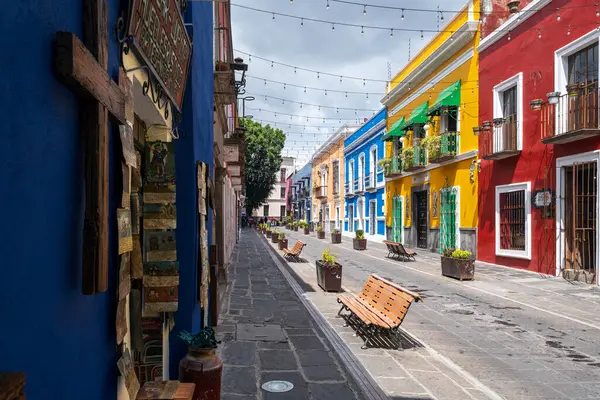
The state of Puebla sits at the heart of Mexico’s original avocado territory, where the fruit first evolved millions of years ago. Wild avocado trees still dot the mountainous landscape around cities like Atlixco, producing small, intensely flavored fruits that local communities have harvested for generations.
These native varieties often have thicker, bumpier skin than the Hass avocados you’d find in grocery stores.
Veracruz, Mexico
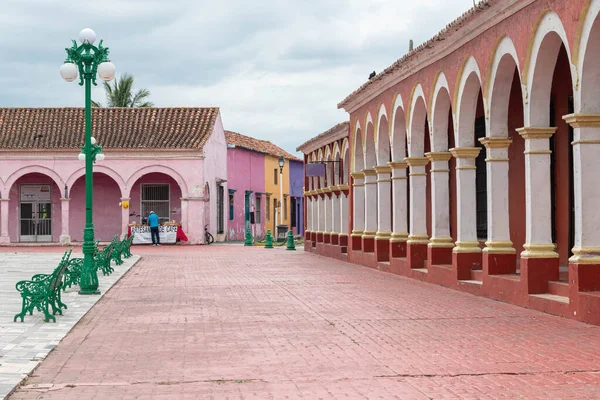
Veracruz’s cloud forests harbor native wild avocado species, including Persea schiedeana, which thrive in the state’s mountainous regions. These ancestral varieties grow naturally in the misty highland forests where constant moisture creates ideal growing conditions.
Local wildlife, especially birds and mammals, depend on these wild avocados as a crucial food source during certain seasons.
Like Travel Pug’s content? Follow us on MSN.
Oaxaca, Mexico
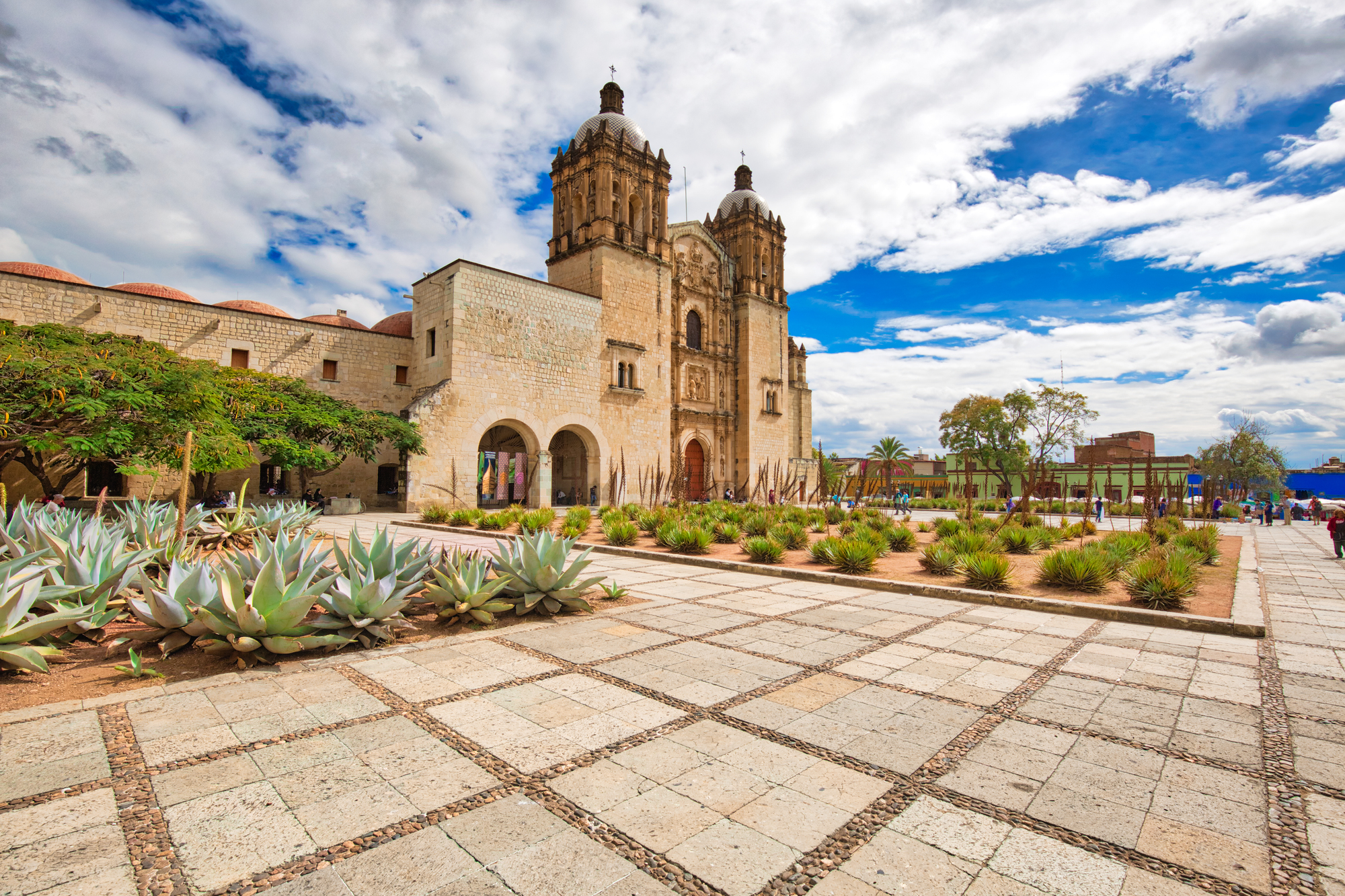
The rugged mountains of Oaxaca harbor some of Mexico’s most diverse wild avocado populations, with varieties that range from tiny grape-sized fruits to larger specimens. Indigenous communities in remote villages still collect these wild avocados using traditional methods passed down through the centuries.
The genetic diversity found in Oaxaca’s wild populations serves as a living library that could help future avocado breeding programs.
Michoacán, Mexico
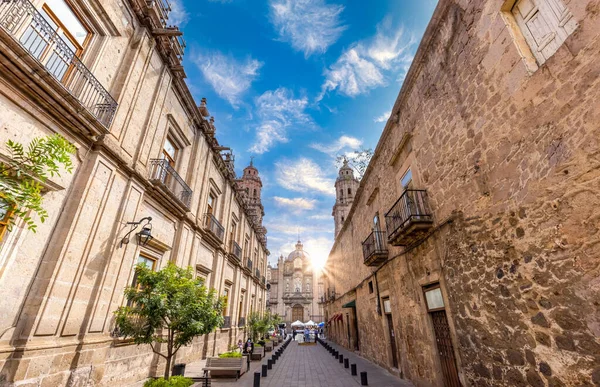
While Michoacán is famous for commercial avocado production, wild varieties still flourish in the state’s less developed mountainous areas. These native trees represent the original genetic stock from which many modern cultivars descended.
The wild avocados here tend to be smaller and more oil-rich than their domesticated cousins, packing an intense flavor that’s almost nutty.
Guatemala’s Highland Forests
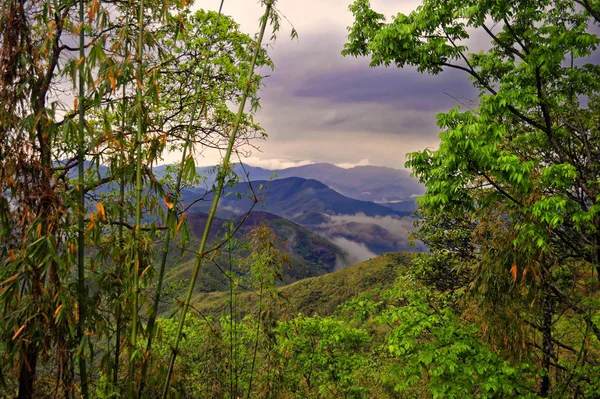
Guatemala’s volcanic highlands provide ideal growing conditions for several species of wild avocados that aren’t found anywhere else on Earth. These endemic varieties have adapted to the country’s unique climate and soil conditions over thousands of years.
Local Maya communities still harvest wild avocados from forest trees, often traveling miles into remote areas to collect the prized fruits.
Like Travel Pug’s content? Follow us on MSN.
Honduras’ Mountain Regions
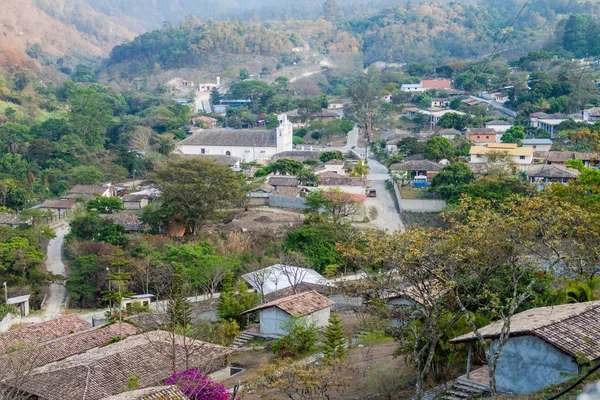
Honduras hosts several native avocado species in its mountainous interior, where the trees grow wild in coffee-growing regions and protected forests. The country’s wild avocados often ripen during different seasons than commercial varieties, providing food sources for wildlife throughout the year.
Local farmers sometimes leave wild avocado trees standing when they clear land, recognizing their value as both food sources and erosion control.
Nicaragua’s Forest Regions
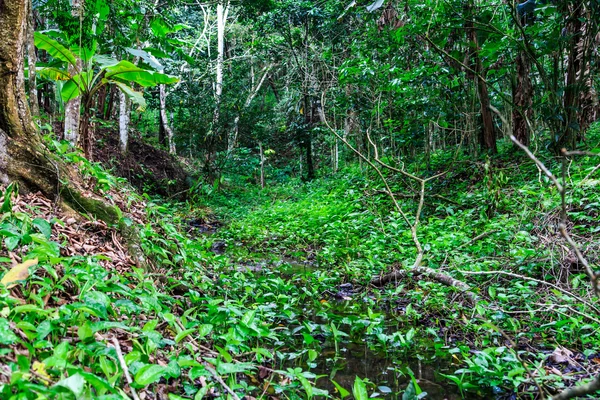
Nicaragua hosts wild avocado species like Persea schiedeana in its mountainous forest regions, where the trees grow naturally alongside other native species. These native populations have adapted to the country’s tropical climate and volcanic soil over thousands of years.
Local communities sometimes harvest these wild avocados, knowing exactly when each tree reaches peak ripeness through generations of traditional knowledge.
El Salvador’s Forest Remnants
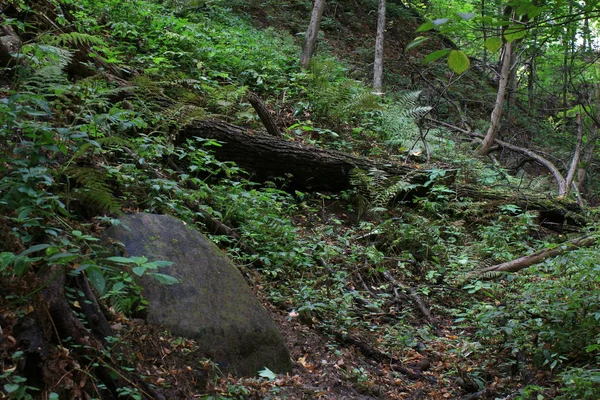
Despite extensive deforestation, El Salvador still maintains pockets of wild avocado trees in its remaining forest fragments and national parks. These surviving populations represent important genetic resources that conservation groups are working to protect.
The trees often grow along streams and rivers, where their roots help prevent soil erosion during heavy rains.
Like Travel Pug’s content? Follow us on MSN.
Peru’s Amazon Basin
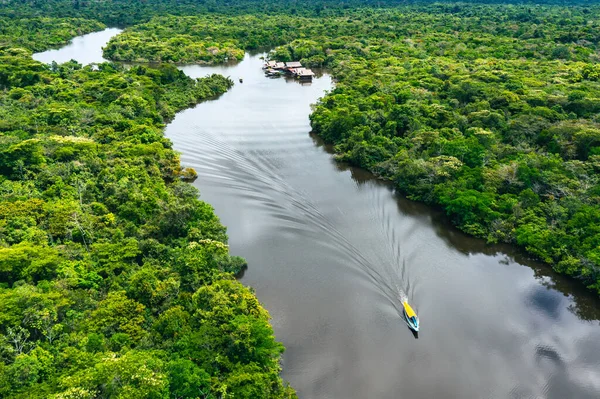
Wild avocados grow naturally throughout Peru’s Amazon rainforest, where they’ve been an important food source for indigenous tribes for centuries. These Amazonian varieties often have different shapes and sizes compared to their northern relatives, reflecting millions of years of separate evolution.
The trees can live for hundreds of years, becoming massive forest giants that support entire ecosystems.
Colombia’s Andean Valleys
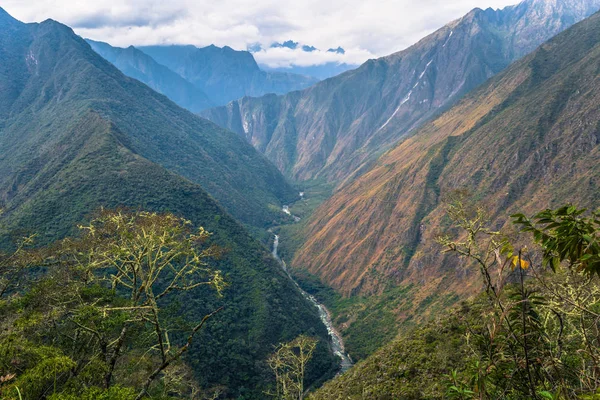
Colombia’s Andean valleys provide perfect microclimates for wild avocados, which grow naturally at elevations between 3,000 and 8,000 feet. The country’s wild varieties show remarkable diversity, with some producing fruits year-round while others fruit seasonally.
Colombian researchers have identified unique genetic traits in these wild populations that could help develop climate-resistant commercial varieties.
Ecuador’s Cloud Forest Reserves
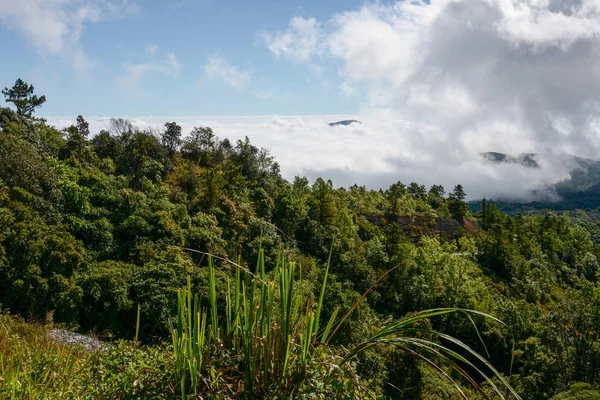
Ecuador’s cloud forests along the Andean slopes harbor wild avocado species that have adapted to high-altitude conditions and constant moisture. These trees often grow as part of complex forest ecosystems that include orchids, bromeliads, and other epiphytes.
The wild avocados here play crucial roles in feeding birds and mammals that help disperse seeds throughout the forest.
Like Travel Pug’s content? Follow us on MSN.
Dominican Republic’s Central Highlands
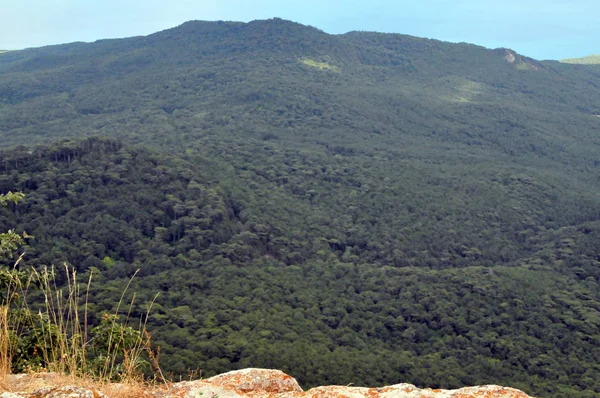
The Dominican Republic’s mountainous interior hosts naturalized avocado populations that have established themselves over generations after escaping from early cultivation. These trees thrive in the island’s tropical climate and volcanic soil, producing fruits that local wildlife has come to depend on.
While not native to the island, these naturalized avocados have adapted well to local conditions and now grow wild in remote mountain areas.
Jamaica’s Blue Mountains
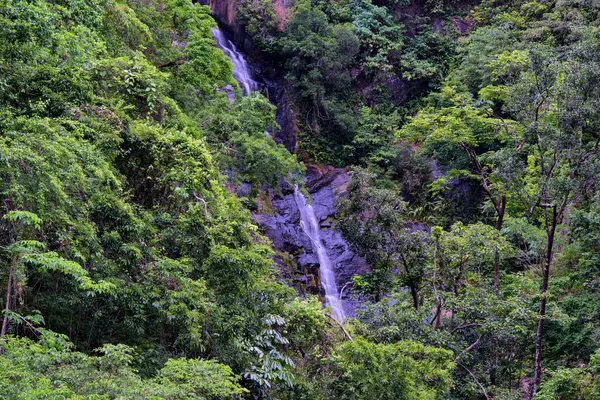
Jamaica’s famous Blue Mountains provide ideal conditions for naturalized avocados, which have established wild populations in the cooler, misty environment above 2,000 feet in elevation. These trees descended from cultivated varieties introduced centuries ago, but now grow wild without human care.
Local communities have been harvesting these naturalized avocados from the mountains for generations, often combining collection trips with coffee harvesting.
Hawaii’s Remote Valleys
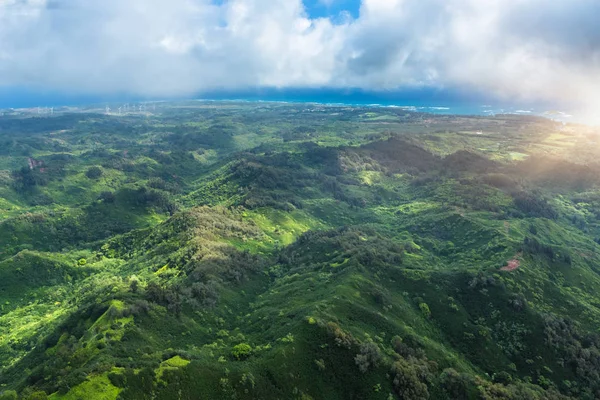
Avocados were first introduced to Hawaii in 1833, and naturalized populations now grow wild in remote valleys across the islands, particularly on the Big Island and Maui. These descendant trees from early plantations have adapted remarkably well to Hawaii’s volcanic soil and tropical climate over nearly two centuries.
The naturalized trees often produce seedling varieties with unique characteristics, growing alongside native Hawaiian plants in mixed ecosystems.
Like Travel Pug’s content? Follow us on MSN.
Southern California’s Canyons
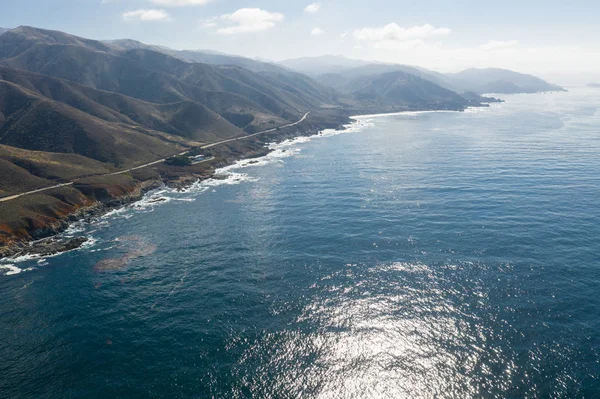
Southern California’s coastal canyons and foothills contain scattered populations of naturalized avocados that have escaped from orchards planted since the mid-1800s. These descendant trees survive on natural rainfall alone, demonstrating their adaptability to Mediterranean climates over generations.
They often grow in riparian areas where year-round water sources help them through dry periods, creating self-sustaining populations.
Southern Florida’s Hammocks
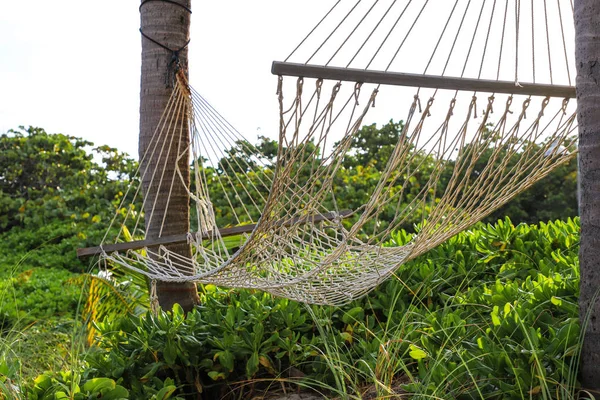
South Florida’s tropical hammocks contain scattered naturalized avocado trees that descended from early plantings by Spanish settlers and later farmers. These naturalized populations have adapted to survive hurricanes, salt spray, and Florida’s unique wet-dry seasonal patterns over centuries.
The trees often grow alongside native tropical species in protected areas, though they remain introduced rather than native species.
From Ancient Forests to Modern Tables
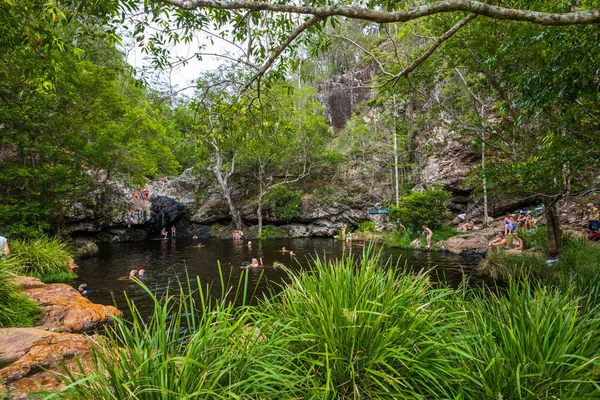
These avocado populations represent both living connections to the fruit’s ancient past and fascinating examples of how plants adapt to new environments. While Mexico and Central America host the original native wild populations that evolved over millions of years, naturalized populations in places like Hawaii and the Caribbean show how adaptable avocados can be when given the chance to grow freely.
Each population holds unique genetic traits that could prove valuable as climate change challenges commercial avocado production, making these tropical destinations not just beautiful places to visit, but crucial repositories of both natural heritage and agricultural adaptation.
The next time you celebrate National Avocado Day, remember that whether in their ancestral Mexican mountains or adopted Caribbean hills, avocado trees continue to thrive and evolve in the wild.
Like Travel Pug’s content? Follow us on MSN.
More from Travel Pug

- 20 Best Beach Towns in the Carolinas
- 13 Destinations Where Tourists Regularly Regret Their Trip
- 20 Things You Actually Get in First Class
- 20 Small Airports With Aviation Museums
- 20 Places in the U.S. That Are Perfect for a Reset Trip
Like Travel Pug’s content? Follow us on MSN.
